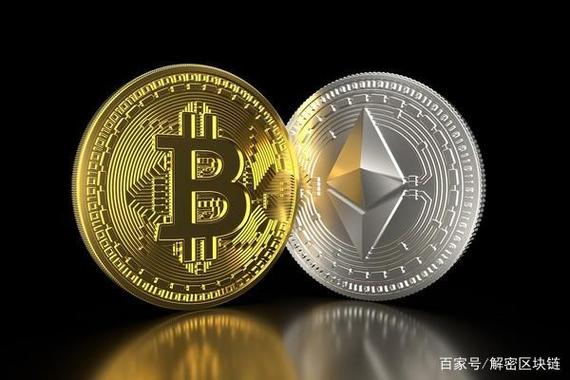
Bitcoin, Litecoin, Ethereum: A Comprehensive Guide
When it comes to cryptocurrencies, Bitcoin, Litecoin, and Ethereum are three of the most well-known and influential digital currencies. Each has its unique features, advantages, and disadvantages. In this article, we will delve into the details of these three cryptocurrencies, exploring their history, technology, market performance, and future prospects.
Bitcoin: The Pioneer of Cryptocurrency
Bitcoin, launched in 2009, is often referred to as the “gold standard” of cryptocurrencies. It was created by an anonymous person or group of people using the pseudonym Satoshi Nakamoto. Bitcoin operates on a decentralized network called the blockchain, which ensures transparency and security.

Bitcoin’s supply is capped at 21 million coins, making it a deflationary asset. This scarcity has contributed to its value over time. Bitcoin’s market capitalization is the highest among all cryptocurrencies, and it is widely accepted as a form of payment by various online and offline businesses.
| Feature | Bitcoin |
|---|---|
| Decentralization | High |
| Scarcity | Yes |
| Market Capitalization | High |
Litecoin: The Silver to Bitcoin’s Gold
Litecoin, launched in 2011 by Charlie Lee, is often considered the silver to Bitcoin’s gold. It was designed to be a faster and more scalable alternative to Bitcoin. Litecoin operates on a similar blockchain technology but with some differences, such as a lower block generation time and a different hashing algorithm.
Litecoin has a larger supply cap of 84 million coins, which makes it more inflationary compared to Bitcoin. Despite this, Litecoin has maintained its position as one of the top cryptocurrencies by market capitalization and is accepted by many merchants and businesses.
| Feature | Litecoin |
|---|---|
| Block Generation Time | 2.5 minutes |
| Supply Cap | 84 million coins |
Ethereum: The Platform for Smart Contracts
Ethereum, launched in 2015 by Vitalik Buterin, is not just a cryptocurrency but also a decentralized platform that enables the creation of decentralized applications (DApps) and smart contracts. Ethereum’s blockchain is known as the Ethereum Virtual Machine (EVM), which allows developers to build and deploy applications on the network.
Ethereum has faced some challenges, such as scalability issues and high transaction fees. However, the Ethereum community has been working on solutions, such as Ethereum 2.0, which aims to improve the network’s performance and reduce costs.
| Feature | Ethereum |
|---|---|
| Smart Contracts | Yes |
| Market Capitalization | High |
Market Performance and Future Prospects
Bitcoin, Litecoin, and Ethereum have all experienced significant growth in their market capitalization over the years. However, their performance has been volatile, with periods of rapid increases followed by corrections.
Bitcoin remains the most dominant cryptocurrency, with a significant portion of the market’s total value. Litecoin and Ethereum have also seen substantial growth, but they have not been able to surpass Bitcoin in terms of market capitalization.
The future of these cryptocurrencies is uncertain, but they are likely to continue playing a significant role in the crypto market. As the technology behind them evolves, their adoption and value may increase further.
In conclusion, Bitcoin, Litecoin, and Ethereum are three distinct cryptocurrencies with unique features and advantages. Understanding their differences and potential can help you make informed decisions when investing in the crypto market.



